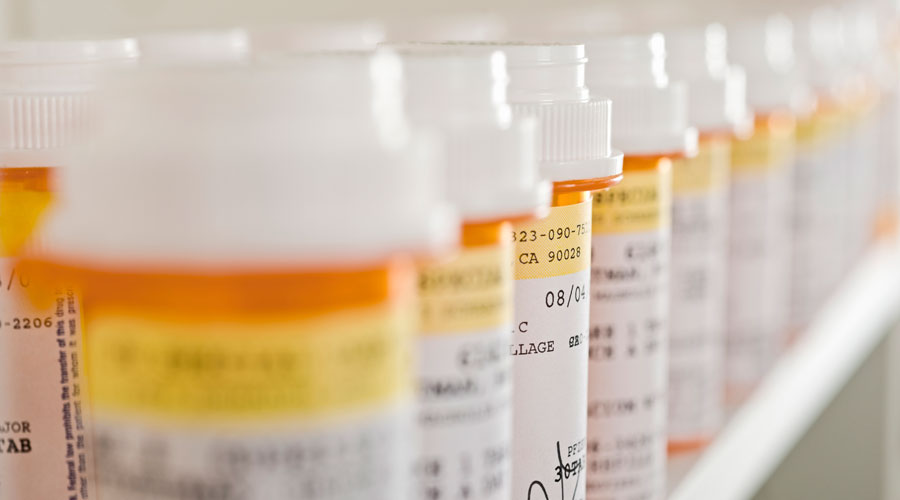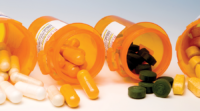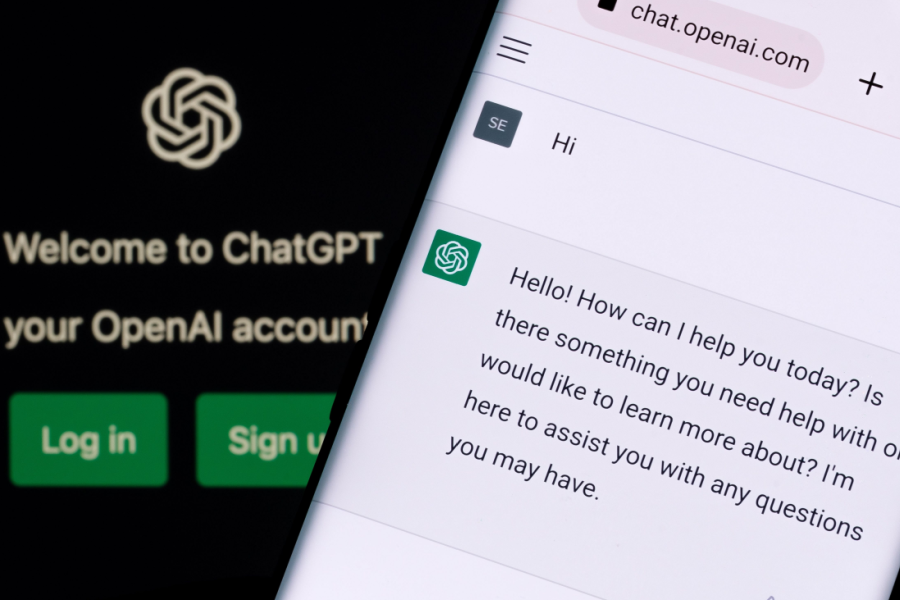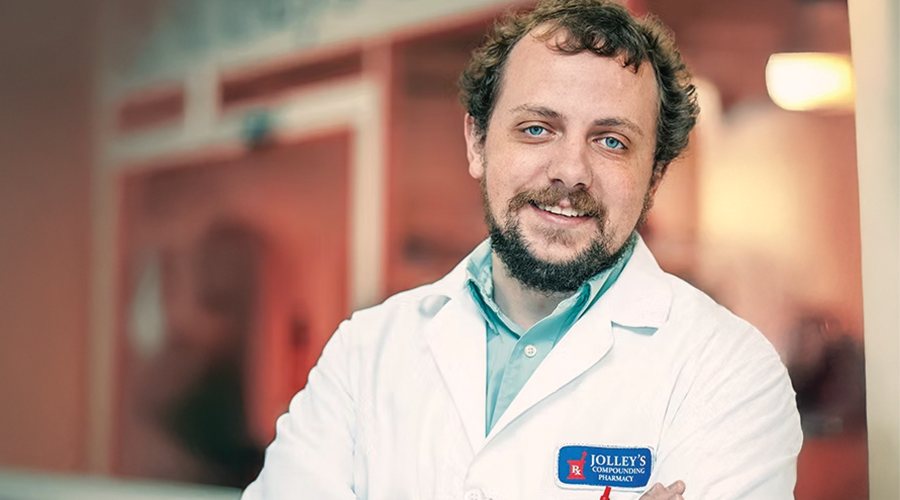Have you ever wondered how your pharmacy stacks up against the average independent community pharmacy?
Nationwide, 22,478 independent community pharmacies employ more than 220,000 full-time equivalent workers and comprise an $81.4 billion marketplace. Each year, the National Community Pharmacists Association (NCPA) gathers data about these pharmacies, their employees and the industry, and publishes these findings in the NCPA Digest.
Here’s a look at what an average independent community pharmacy looks like based on the 2015 NCPA Digest, which is compiled using data from 2014. You can compare this profile of the average community pharmacy to your business to see if you’re behind, or ahead, of the average performance.
Employees
The average independent community pharmacy employs 9.9 full-time employees, including 1.5 non-owner pharmacists, 3.5 technicians, 3.4 other positions and 1.5 working owner-pharmacists and other positions.
Prescription drug sales
In 2014, prescription drug sales accounted for 92 percent of independent community pharmacy sales, and the average charge per prescription dispensed was $54.41.
Payroll expenses
Payroll expenses as a percentage of sales were 13 percent for independent community pharmacies in 2014. On average, pharmacists were paid $55.37 per hour, technicians earned $14.31 per hour, and clerks were paid $10.51 per hour in 2014.
Sales
Average sales per pharmacy location totaled $3,621,854 in 2014.
Prescriptions dispensed
The average pharmacy location dispensed 197 prescriptions per day. Forty-nine percent of prescriptions were new prescriptions and 51 percent were renewed. Generic drugs accounted for 80 percent of prescription drugs dispensed.
Consultations
The average independent community pharmacy consulted with an outside health care professional 10 times per day in 2014.
Third party coverage
In independent community pharmacies, government programs covered 51 percent of prescriptions dispensed, including 17 percent covered by Medicaid and 34 percent covered by Medicare Part D. Other third party programs covered 38 percent of prescriptions for a total of 89 percent of prescriptions with third party coverage in 2014.
If your pharmacy is behind the average, check out the business tools offered by PBA Health, a pharmacy services organization dedicated to independent community pharmacies, to help you practice better business. Learn more at pbahealth.com.












